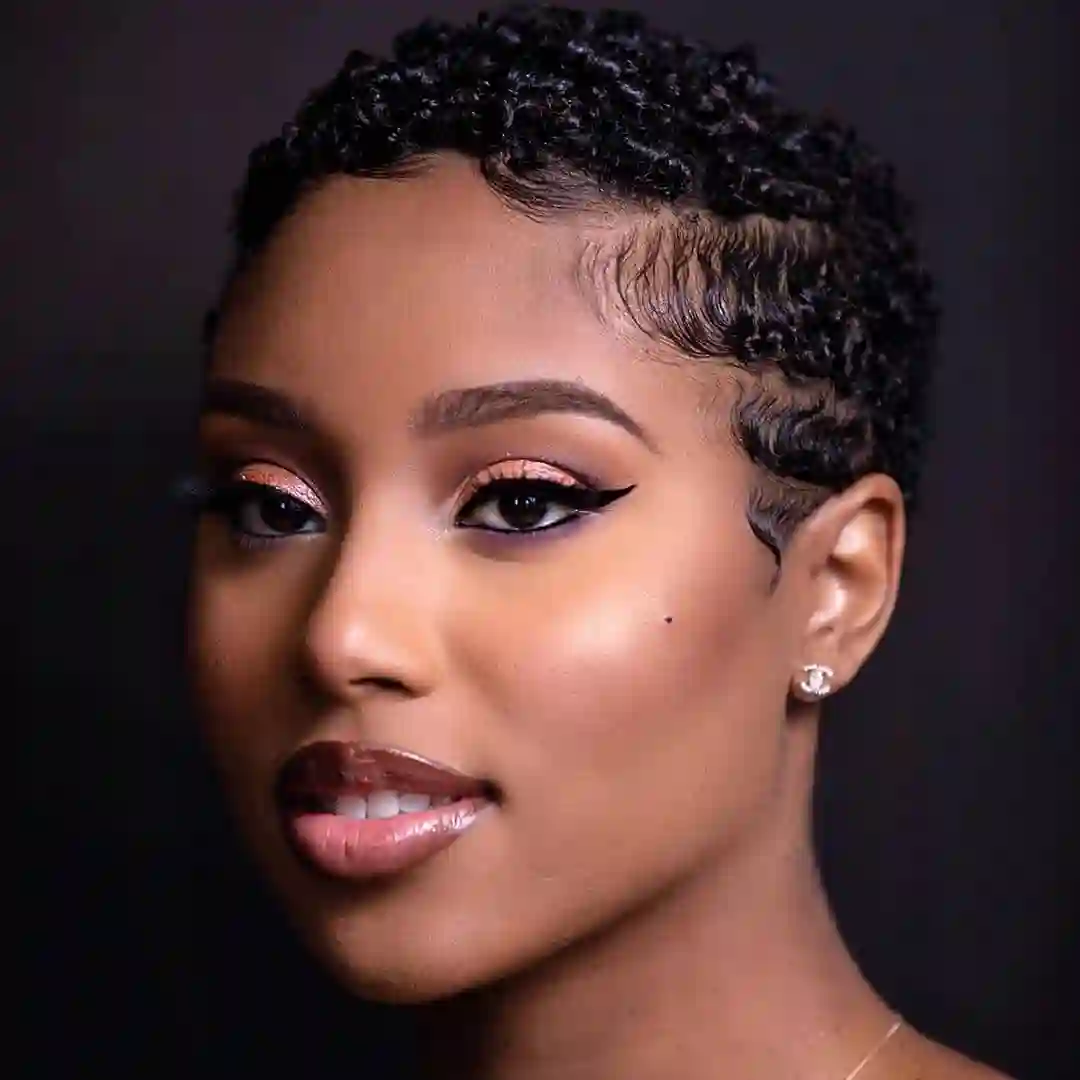The Vikings did not cut their hair for various reasons. One reason is that long hair was seen as a symbol of strength and masculinity in Viking culture.
Cutting one’s hair was considered a sign of weakness. Additionally, long hair provided protection from the cold Nordic climate.
Vikings often wore their hair in intricate braids or styles that represented their social status and identity.
Available evidence suggests Vikings likely kept their hair long for a combination of practical, cultural, and symbolic reasons:
Cultural Significance
- Strength and Virility: Long hair was often associated with strength, virility, and prowess in battle among Germanic and Norse cultures.
- Status and Beauty: Both men and women in Viking society valued long hair as a sign of status and beauty.
- Spiritual Beliefs: Some sources suggest long hair might have held spiritual significance, potentially symbolizing a connection to deities or ancestors.
Practical Considerations
- Protection: Long hair could provide some protection from the harsh Nordic climate, particularly in windy and cold conditions.
- Utility: Braids and styles could keep hair out of the way during labor, combat, or seafaring.
Lack of Evidence for Cutting Hair
- Archaeological Record: There’s scant evidence of razors or other hair-cutting tools in Viking archaeological sites.
- Written Accounts: Contemporary accounts from other cultures often describe Vikings with long hair, suggesting it was a common practice.
Cultural Significance of Long Hair
Strength and Virility
Long hair was highly valued in Germanic and Norse cultures, symbolizing strength, virility, and prowess in battle.
Vikings were renowned warriors, and their long hair may have been seen as an outward expression of their warrior spirit.
It could have also served as a visual representation of their physical strength and prowess, intimidating their enemies on the battlefield.
Status and Beauty
In Viking society, men and women considered long hair a sign of status and beauty. Long flowing locks were associated with high social standing, indicating wealth and power.
Vikings took great pride in their appearance, and well-groomed hair was essential to their overall image.
Spiritual Beliefs
Some sources suggest that long hair held spiritual significance for Vikings. It is believed that they viewed their hair as a connection to the divine or their ancestors.
The length of their hair may have been a way to symbolize their closeness to the gods or to honor their lineage.
Practical Considerations for Long Hair
Protection against the Nordic Climate
The harsh Nordic climate, characterized by strong winds and cold temperatures, presented challenges for everyday life.
Vikings often spent extended periods outdoors, whether on land or at sea. The length of their hair provided some protection against these elements, acting as a natural barrier against the cold and wind.
Utility in Various Activities
Long hair could be useful during labor-intensive tasks, combat, or seafaring activities.
By braiding or tying their hair up in various styles, Vikings could keep it out of their faces and prevent it from becoming tangled or obstructing their vision.
This practical aspect of long hair allowed them to focus on the task without distractions.
Lack of Evidence for Cutting Hair
Archaeological Record
When examining Viking archaeological sites, evidence is scarce for razors or other tools, specifically cutting hair.
This absence suggests that cutting hair may not have been common among Vikings. Instead, they likely focused on maintaining and styling their long hair.
Written Accounts from Other Cultures
- Contemporary accounts from other cultures prove that Vikings predominantly wore long hair.
- These accounts often describe Vikings with flowing locks, reinforcing that long hair was a widespread practice among Norse and Germanic peoples.
Conclusion
While the precise reasons Vikings did not cut their hair may never be fully known, several factors likely contributed to this cultural norm.
The cultural significance of long hair as a symbol of strength and beauty played an important role.
Additionally, practical considerations such as protection against the elements and utility in various activities likely influenced their choice to keep their hair long.
The lack of evidence for cutting tools in Viking archaeological sites further supports the notion that long hair was the norm rather than an exception.
The mystery behind Viking hairstyles adds another layer to our understanding of this fascinating civilization and its unique customs.
FAQs
Why did Vikings consider long hair important?
Long hair held cultural significance for Vikings, symbolizing strength, virility, and beauty. It was associated with prowess in battle and high social standing.
Did practical reasons influence Viking hairstyle choices?
Yes, Vikings had practical considerations for keeping their hair long. It protected the harsh Nordic climate and was useful in labor-intensive tasks, combat, and maritime activities.
Did long hair have any spiritual meaning for Vikings?
Some sources suggest that long hair held spiritual significance for Vikings. It may have symbolized a connection to the divine or their ancestors.
Is there evidence of Vikings cutting their hair?
The archaeological record shows a lack of specific tools for cutting hair in Viking sites, suggesting that cutting hair may not have been a common practice.
What do written accounts from other cultures say about Viking hairstyles?
Contemporary accounts from other cultures often describe Vikings with long hair, supporting the idea that long hair was widespread among Norse and Germanic peoples.

Anuli is a Hair Styles Expert & the founder of wiselybraids.com, a website dedicated to providing the latest tips, trends, and Articles for hairstyling with Braids. With years of experience in the industry, Anuli has become a go-to source for hair care advice and inspiration.
